Your Guide to Hanging Wallpaper (Without Losing Your Mind)
I’ll never forget my first wallpapering gig. I was just a kid, helping a family friend, and we figured, “How hard can this be?” Spoiler alert: it was hard. We slopped some paste on the paper, threw it at the wall, and within an hour, we had bubbles the size of dinner plates and seams that were peeling back in shame. It was a sticky, expensive lesson in humility.
In this article
- The Unseen Science of a Perfect Finish
- Choosing Your Weapon: A Quick Guide to Paper Types
- Your Toolkit: The Beginner’s Shopping List
- Step 1: Wall Prep is Everything
- Step 2: Hanging Your First Strip (and Nailing the Corners!)
- Troubleshooting: What to Do When Things Go Wrong
- Budgeting and Timelines: Getting Realistic
- A Quick Word on Safety
- Inspirational Gallery
That disaster taught me that wallpapering is a true craft. It’s not just about covering a wall; it’s about respecting the process. Now, after years of doing this for a living, I want to share what I’ve learned so you can get that pro finish without the headache. We’ll walk through everything from picking the right paper to trimming that final, perfect seam.
The Unseen Science of a Perfect Finish
Most people think wallpaper is just pretty paper, but there’s a bit of science to making it stick properly. Honestly, understanding the ‘why’ makes the ‘how’ a million times easier. You’ll be working with the materials, not fighting them.

At its heart, this is all about controlled gluing. You’re using a paste, usually made from starch or clay, to bond the paper to the wall. The magic happens as the water in the paste evaporates, leaving behind the sticky stuff that locks everything in place.
But here’s the catch: your wall’s surface is a huge factor. Bare drywall is thirsty and will suck the moisture out of the paste way too fast, leading to weak bonds and peeling seams. On the flip side, a glossy, non-porous wall is too slick for the paste to grab onto. This is why wall prep is, without a doubt, the most important step. I once had a client who insisted on skipping the primer to save a few bucks. A week later, a faint grease spot from a kitchen mishap years prior had bled right through a very expensive roll of paper. A $20 can of primer would have saved a $200 roll.
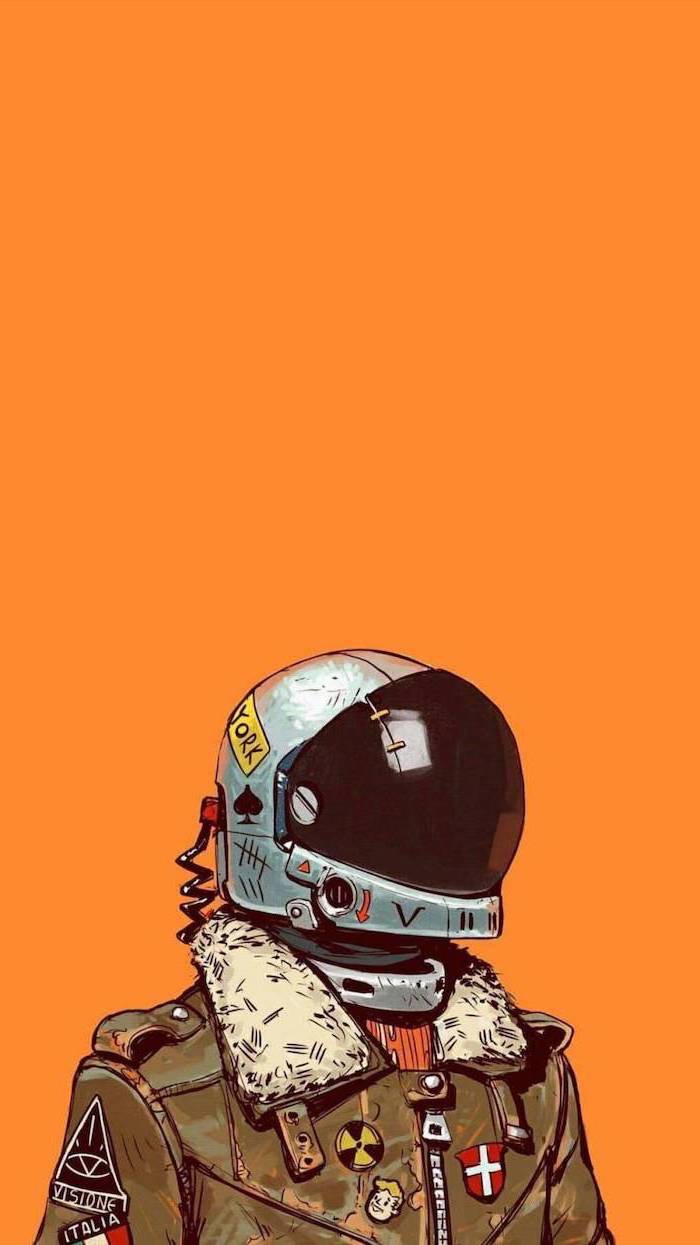
We solve this with a specific wallpaper primer, sometimes called a ‘sizer.’ A good one does two critical things: it seals the wall to create a uniform surface so the paste dries evenly, and it adds a subtle ‘grip’ for the adhesive to bond with. Trust me, it also makes removing the paper years down the road a breeze. Trying to strip paper from an unprimed wall can literally tear the face off your drywall.
Choosing Your Weapon: A Quick Guide to Paper Types
Different wallpapers react to moisture and handling in very different ways. Knowing what you’re working with is half the battle. Let’s break it down.
- For the Beginner (Non-Woven): If you’re new to this, do yourself a favor and start with a non-woven paper. This material is stable, meaning it doesn’t expand or shrink when it gets wet. This is a game-changer! You often apply the paste directly to the wall, which is faster, cleaner, and much more forgiving. Cost-wise, you’re looking at around $40 to $80 per roll. It’s perfect for bedrooms and living areas.
- The Classic Choice (Traditional Paper): This is your old-school, paper-backed material. It expands when you apply paste, so you have to let it rest in a process called ‘booking’ before hanging. If you rush it, you’ll get bubbles. It’s a bit more work but offers a huge range of beautiful, classic patterns.
- The Workhorse (Vinyl): Solid vinyl is tough, scrubbable, and water-resistant, making it a go-to for kitchens and bathrooms with good ventilation. Because it’s heavy and doesn’t breathe, you’ll need a strong, vinyl-specific adhesive. A word of caution: in a damp room without airflow, mold can grow behind it.
- The Luxury Pick (Grasscloth & Natural Fibers): These are stunning but delicate. Grasscloth, silk, and other natural textures can stain from paste smudges and require a gentle touch. They are also pricey, sometimes running $200 or more per roll. Definitely not a beginner’s project, but the textured, high-end look is unmatched for a study or feature wall.
Oh yeah, and room temperature matters! Aim for a stable temperature between 65-75°F (18-24°C). This helps the paste cure at just the right speed. Big temperature swings can make the paper expand and contract, putting stress on your beautiful seams.

Your Toolkit: The Beginner’s Shopping List
Having the right gear makes all the difference. You don’t need a truck full of tools, but the right ones are non-negotiable. Here’s a quick shopping list to get you started, which should run you about $50-$100 total.
- Measuring & Marking: A standard measuring tape and a pencil.
- A Perfect Vertical Line: A 4-foot level works, but a plumb bob is my old-school favorite. It’s just a weight on a string—gravity never lies, so you get a perfectly straight line every time, even if your house is a bit crooked. You can find one for about $10 at any hardware store. A laser level is a great modern upgrade if you have one.
- The Right Knife: Get a good 18mm snap-off utility knife (~$10). The key to clean cuts is a razor-sharp blade. With a snap-off, you get a fresh tip for every single important cut. I snap off a segment after every two or three trims.
- Smoothing Tool: A long-bristled wallpaper smoothing brush (~$15) is much gentler on most papers than a hard plastic smoother. It pushes air out without stretching or tearing the paper.
- Seam Roller: A small, hard roller (~$8) to press seams down. Use a light touch! Too much pressure squeezes out the paste.
- Pasting Gear: If you’re not using paste-the-wall paper, you’ll need a simple folding table and a pasting brush or small paint roller.
- Primer & Paste: A can of acrylic wallpaper primer (~$20) and a tub of universal wallpaper adhesive (~$15).
- Clean-Up Crew: Two buckets (one for clean water, one for rinsing) and a few soft sponges. Cleanliness is key!
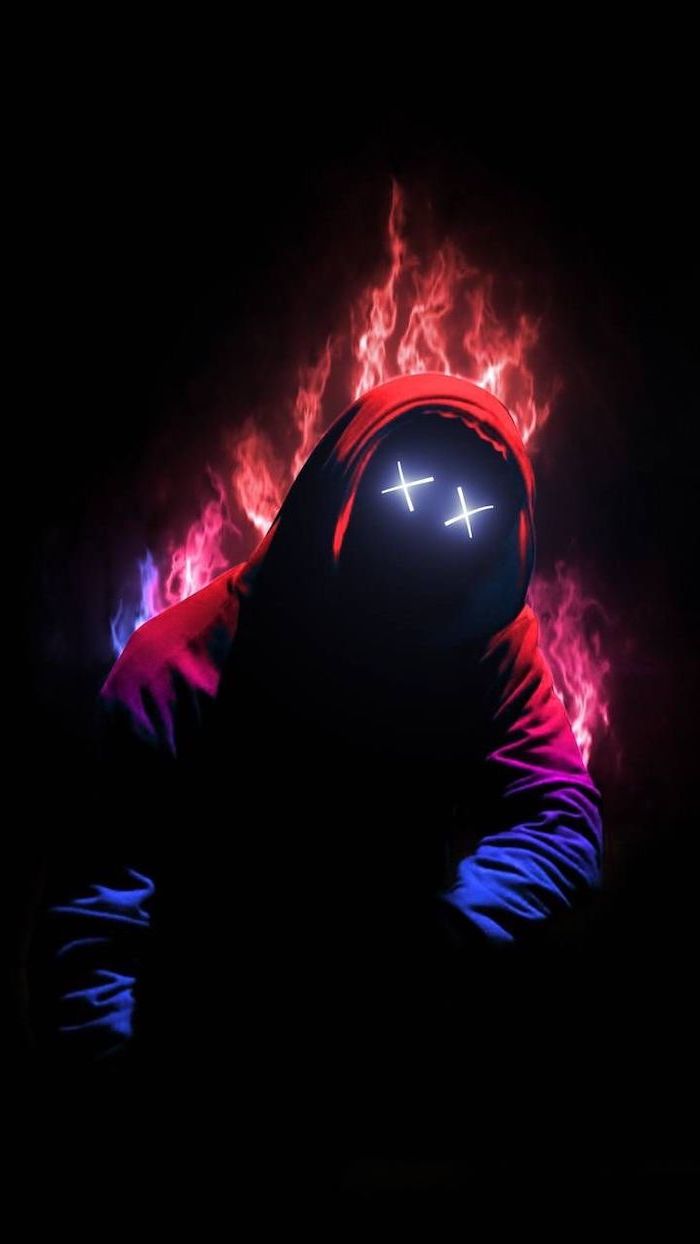
Step 1: Wall Prep is Everything
I know I’m repeating myself, but it’s that important. Nearly all wallpaper failures come from skipping this part. Don’t do it.
- Clean the Walls: Wash them with a TSP substitute or mild detergent to get rid of any dust and grime. Rinse and let them dry completely.
- Make it Smooth: Fill every hole and crack with spackling compound. Sand the patches perfectly smooth. Run your bare hand over the wall; if you can feel a bump, you will definitely see it through the paper.
- Prime Time: Roll on one coat of your wallpaper primer. Let it dry for the time recommended on the can, which is usually at least a few hours, but 24 is better.
Step 2: Hanging Your First Strip (and Nailing the Corners!)
Your first piece of wallpaper sets the stage for the entire room. So where do you start? Never, ever start directly in a corner. They are almost never perfectly straight.
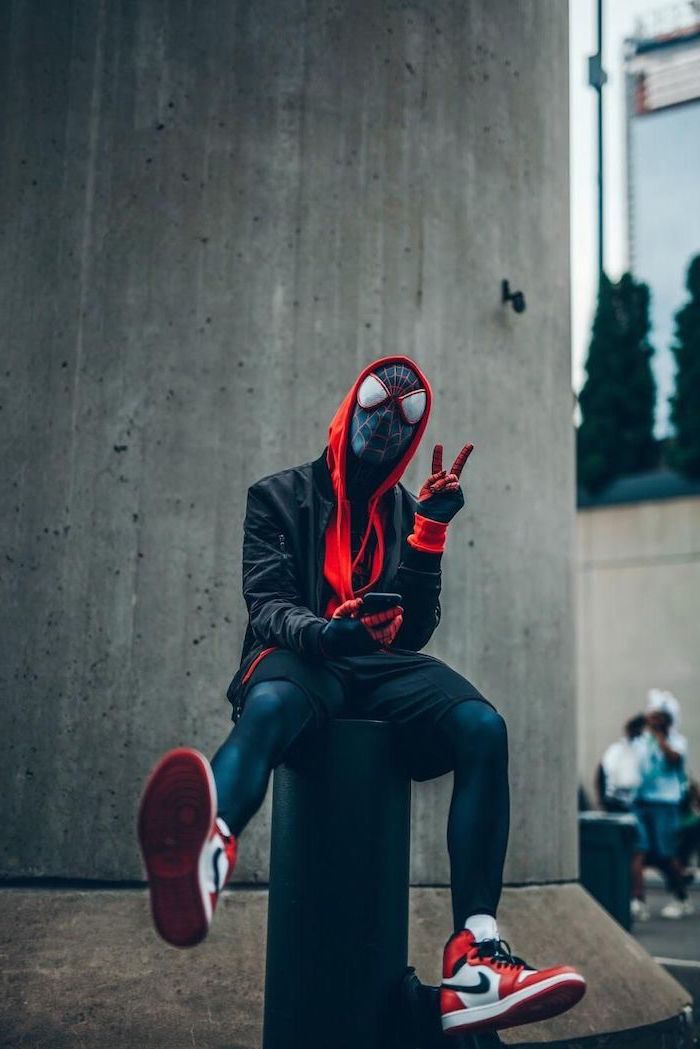
Finding Your Starting Line
Pick a less-noticeable wall to start. From a corner, measure out a distance that’s about one inch less than the width of your paper. If your roll is 21 inches wide, make a mark at 20 inches. Now, use your level or plumb bob to draw a perfectly vertical line from ceiling to floor through that mark. This is your guide.
Measure and Cut
Measure your wall height and add at least 4 inches of extra (2 for the top, 2 for the bottom) for trimming. Cut your first piece. If you have unpasted paper, now’s the time to apply a thin, even coat of paste and ‘book’ it (fold it paste-to-paste) for about 5-10 minutes to let it relax.
On the Wall
Unfold the top half of your paper and align its edge with your vertical guideline, letting the extra 2 inches overlap the ceiling. Use your smoothing brush to press the paper to the wall, working from the center outwards to push out air bubbles. Unfold the bottom and repeat. Trim the excess at the ceiling and baseboard with your sharp knife, using a wide putty knife as a guide for a clean, straight cut.
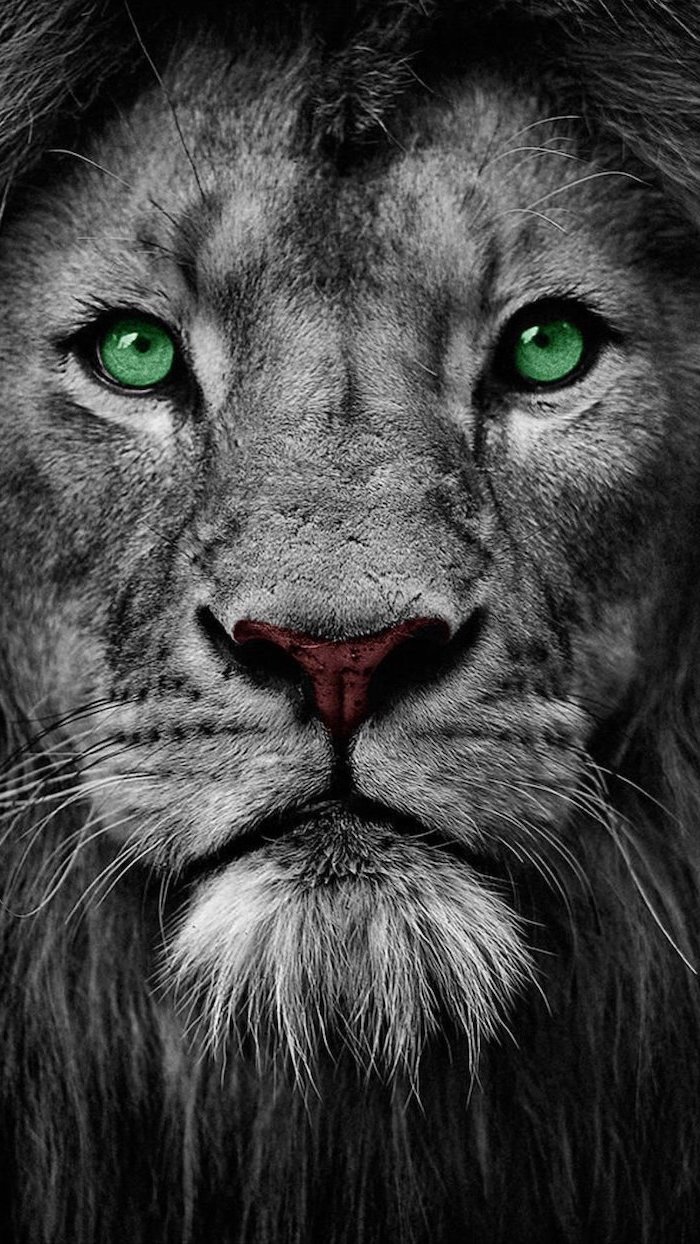
Tackling the Dreaded Corner
Okay, this is where most DIY projects go off the rails. When you get to a corner, don’t just wrap the full sheet around it. Here’s the pro method:
- Measure the distance from the edge of your last full strip to the corner. Add about a 1/2 inch to that measurement.
- Cut a strip of wallpaper vertically to that width.
- Hang this strip, pressing it onto the first wall and wrapping that extra 1/2 inch around the corner onto the new wall. Smooth it down firmly.
- Now, for the new wall, you need a new starting line. Measure the width of your next full wallpaper strip and make a mark that far out from the corner. Use your plumb bob or level to draw a new, perfectly vertical line.
- Hang your next full strip, aligning its edge to this new line. It will slightly overlap the 1/2-inch piece you just wrapped around the corner. Because the overlap is so small and right in the corner, the seam will be virtually invisible.

Troubleshooting: What to Do When Things Go Wrong
Even with the best prep, stuff happens. Here’s how to fix the most common issues.
- Bubbles Appearing Overnight: Don’t panic! Most small bubbles shrink and disappear as the paste fully cures over a few days. If you have a stubborn one, you can use a syringe (you can find them in wallpaper repair kits) to inject a tiny bit of paste into the bubble. Then, gently press it flat with a seam roller.
- Peeling Seams: This usually means not enough paste got to the edges. Squeeze a small bead of seam repair adhesive (it comes in a little tube for about $5) under the edge, press it down with your seam roller, and wipe away any excess immediately with a damp sponge.
- Working Around Outlets and Windows: First, turn off the power to the room! Hang the paper right over the outlet or switch. Feel for the outlet box and carefully cut an ‘X’ from corner to corner over it. Trim away the four little flaps for a clean opening. For windows, hang the paper over the frame, make diagonal cuts away from the corners of the frame to relieve tension, then trim neatly against the moulding.
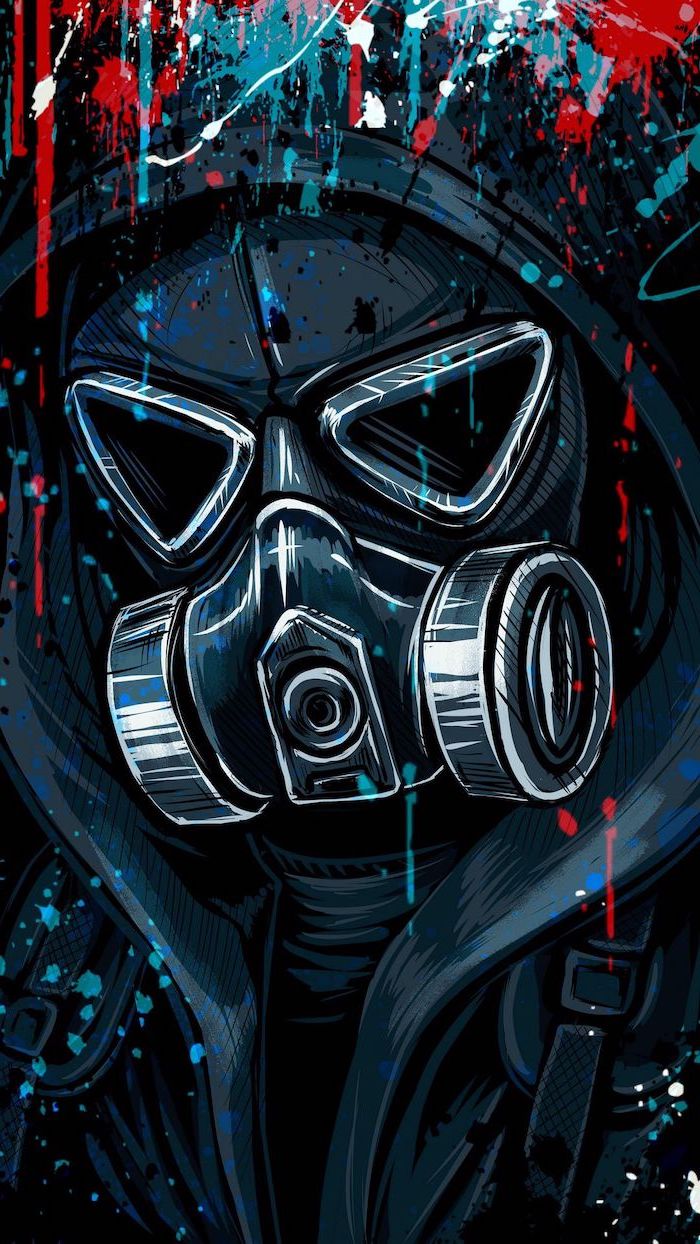
Budgeting and Timelines: Getting Realistic
So, how much is this all going to cost and how long will it take? For a beginner tackling a standard 10×12 foot room, plan for a full weekend. Day one is for prep: clearing the room, cleaning walls, patching, and priming. Day two is for the actual hanging.
To estimate paper, here’s a quick example. A 10×12 room with 8-foot ceilings has a perimeter of 44 feet (10+12+10+12). Multiply that by the height: 44 x 8 = 352 square feet. A standard American roll typically has about 28 usable square feet after waste. So, 352 ÷ 28 = ~12.5. You need 13 rolls. But what’s the golden rule? Always buy one extra roll! So, 14 rolls. This covers mistakes and gives you a spare for future repairs.
When should you just call a pro? Be honest with yourself. If you have a tricky stairwell with high ceilings or you splurged on that $200-a-roll grasscloth, hiring a professional is a smart investment. Expect to pay a pro anywhere from $50 to $100 per roll for installation, depending on the complexity of the job and your location. It’s worth it to protect your investment and sanity.
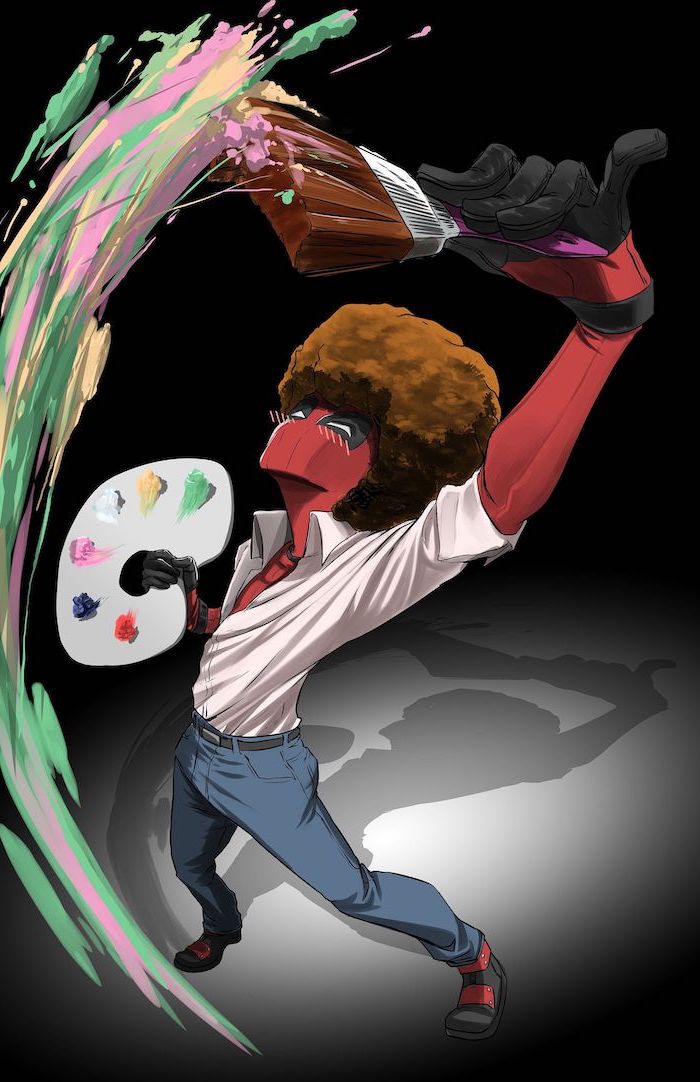
A Quick Word on Safety
This should be common sense, but it’s too important not to say.
Heads up! Before you touch a single outlet cover, go to your breaker box and kill the power to the room. Test it to be sure. Water and electricity are a very, very bad combination.
And if your home was built before the late 1970s, the paint you’re about to sand could contain lead. Get a simple lead test kit from the hardware store first. If it’s positive, do not sand it. You’ll need to research lead-safe work practices or, even better, call a certified pro. It’s not worth the risk.
Disclaimer: This guide comes from my professional experience. Every project is a little different, and local codes can vary. When in doubt, especially with electrical stuff or hazardous materials, please call a licensed professional.
Inspirational Gallery


Non-Woven Wallpaper: Made from a blend of natural and synthetic fibers, this is the DIYer’s best friend. Paste is applied directly to the wall, not the paper, making it easier to handle. It’s breathable, so it’s good for walls with minor imperfections, and it peels off in a single strip when you’re ready for a change.
Solid Vinyl Wallpaper: This is the workhorse. A paper backing is laminated with a solid vinyl surface, making it incredibly durable, scrubbable, and water-resistant. It’s the top choice for high-traffic areas, kitchens, and bathrooms.
For ease of installation, non-woven wins; for durability, vinyl is king.

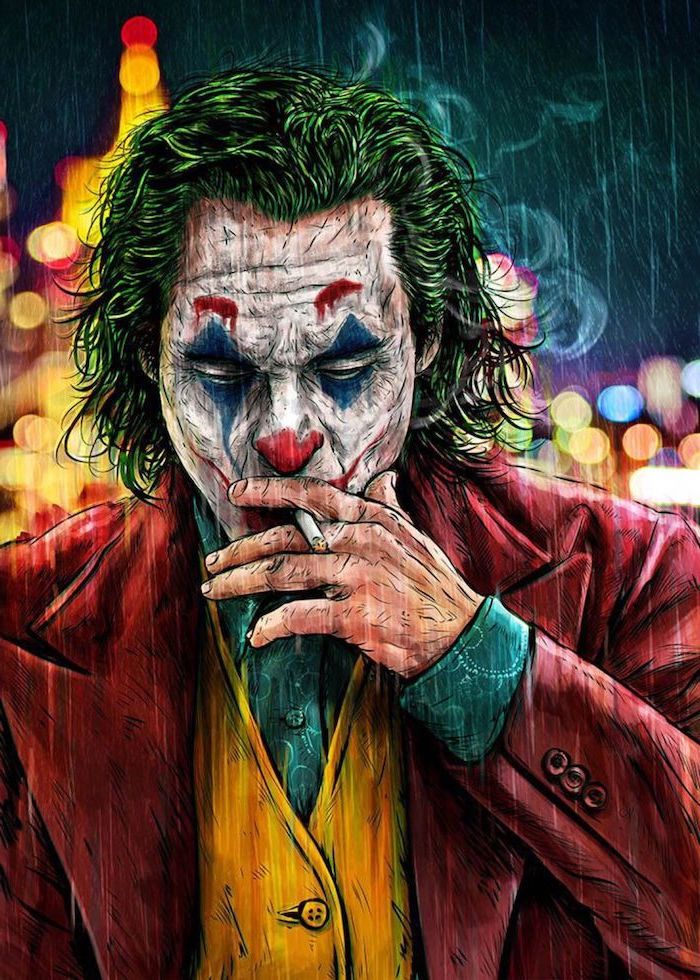
Can you really put wallpaper in a bathroom or kitchen?
Absolutely, with the right choices. The key is to avoid porous, delicate papers like grasscloth or unsealed paper. Instead, opt for a scrubbable or extra-washable vinyl wallpaper that can handle moisture and cleaning. Ensure your bathroom has good ventilation to prevent steam from loosening the adhesive over time. For extra protection, use a strong, mold-resistant paste like Roman PRO-555 Extreme Tack and avoid placing seams in direct splash zones, like right behind the sink faucet.

The humble seam roller is a non-negotiable tool for a professional finish. After hanging a strip and smoothing it, gently run this small roller over the seam where two pieces meet. This ensures the edges are firmly bonded to the wall, creating a virtually invisible join. Be gentle—the goal is to press, not to squeeze all the adhesive out.

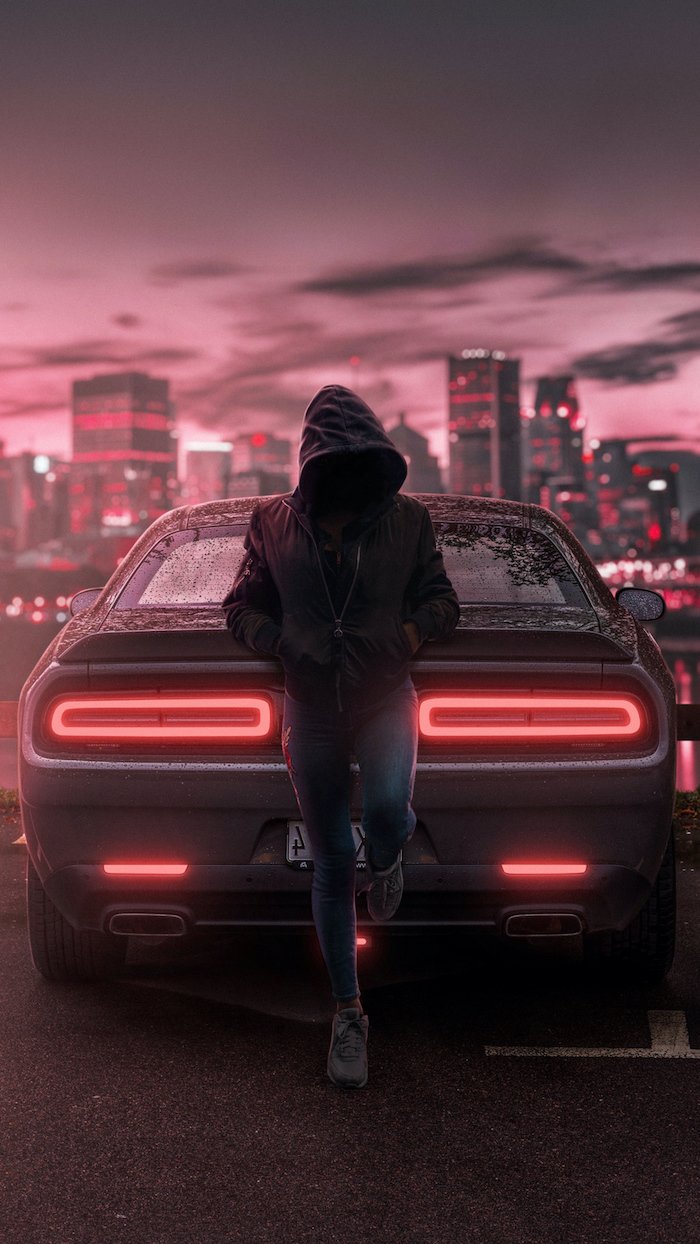
The earliest known fragment of European wallpaper dates back to 1509. Discovered at Christ’s College, Cambridge, it was a woodblock-printed pattern in the style of a pomegranate damask, imitating expensive textiles of the era.
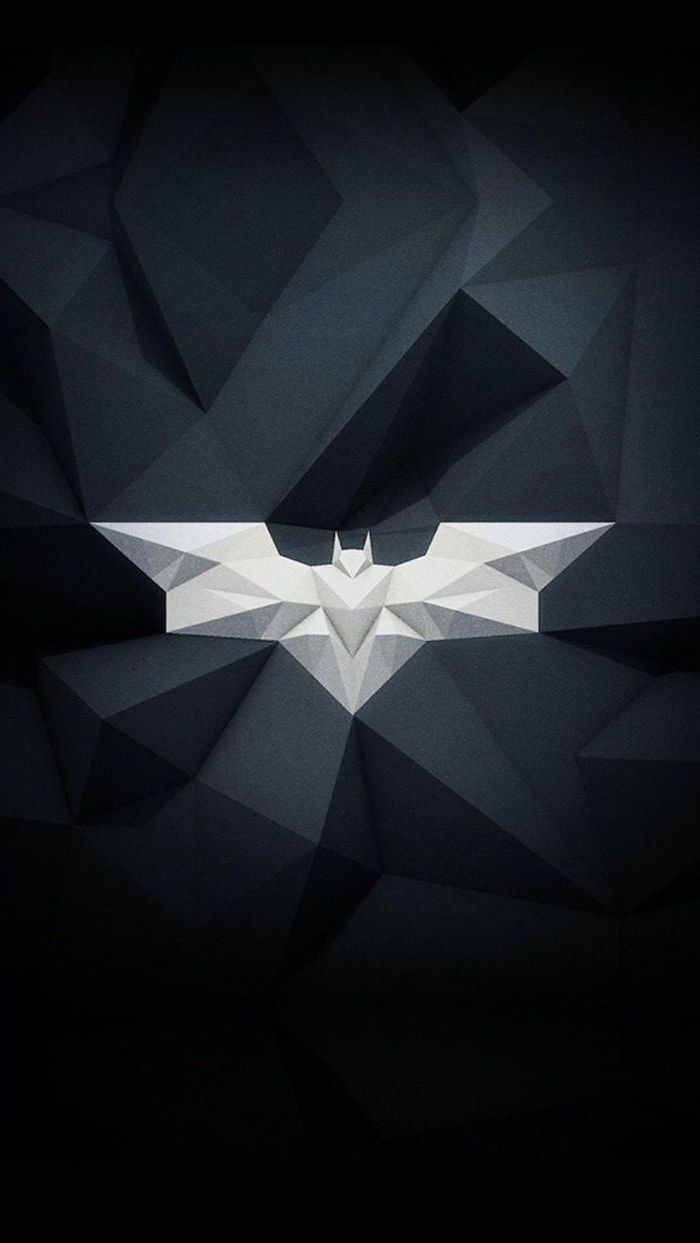
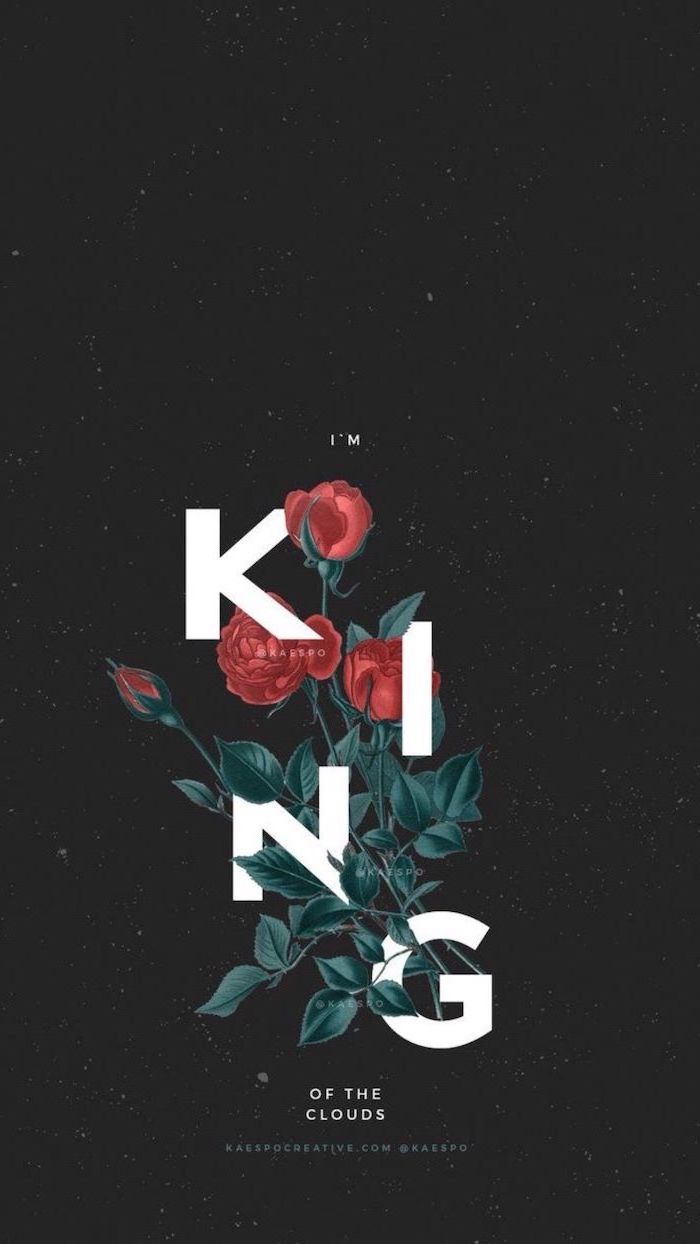
What is ‘booking’ and why is it so important? For traditional, non-pasted wallpaper, ‘booking’ is the crucial resting period after you’ve applied paste. You fold the pasted ends of the strip inward, paste-to-paste, and let it sit for 5-10 minutes. This allows the paper to absorb the moisture and expand evenly *before* it’s on the wall. Skipping this step is the number one cause of bubbles and shrinking seams that appear as the paper dries.

Thinking about an accent wall? It’s a fantastic way to use a bold, expensive paper without the cost of doing a whole room. Here’s how to pick the right wall:
- Choose a natural focal point, like the wall behind your headboard or fireplace.
- Ideally, it’s the first wall you see when you enter the room.
- Avoid walls with too many doors or windows, as they will break up the pattern’s impact and make installation more difficult.

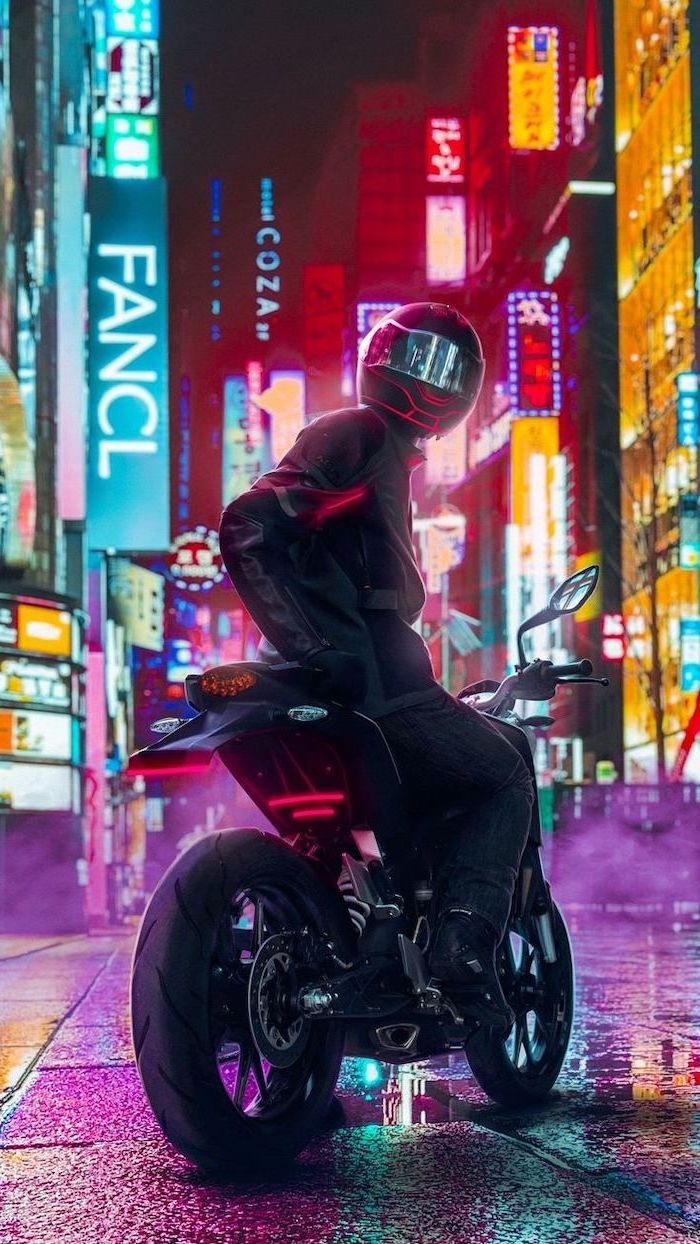
- Perfectly straight cuts along ceilings and baseboards.
- Protects your fresh paint from the razor knife.
- A clean, professional edge every single time.
The secret? A wide putty knife or a dedicated wallpaper smoothing tool. Use it as a guide for your blade to press the paper firmly into the crease before you make the final trim.

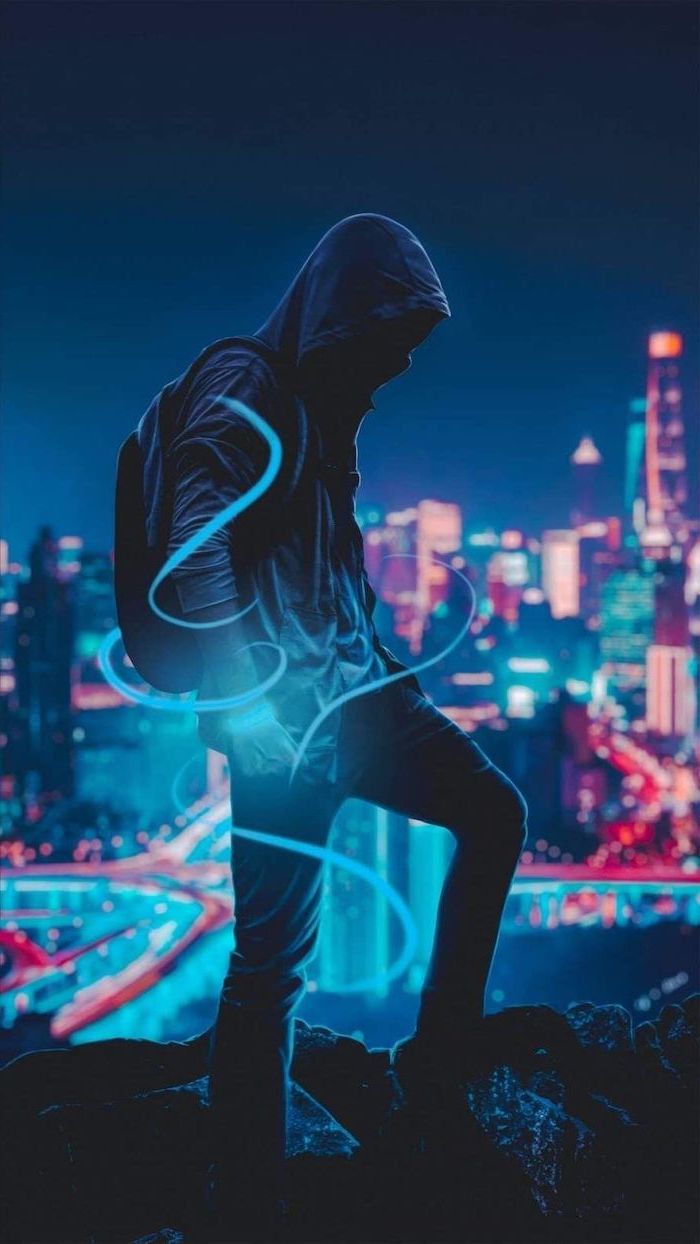
What should I do with the leftover wallpaper scraps?
Don’t toss them! Those beautiful remnants are perfect for creative, coordinating projects. Use them to line the back of a bookcase, cover plain storage boxes, mat a piece of art for a custom frame, or even cover the risers on a staircase. It’s a stylish way to tie a room’s decor together and minimize waste.
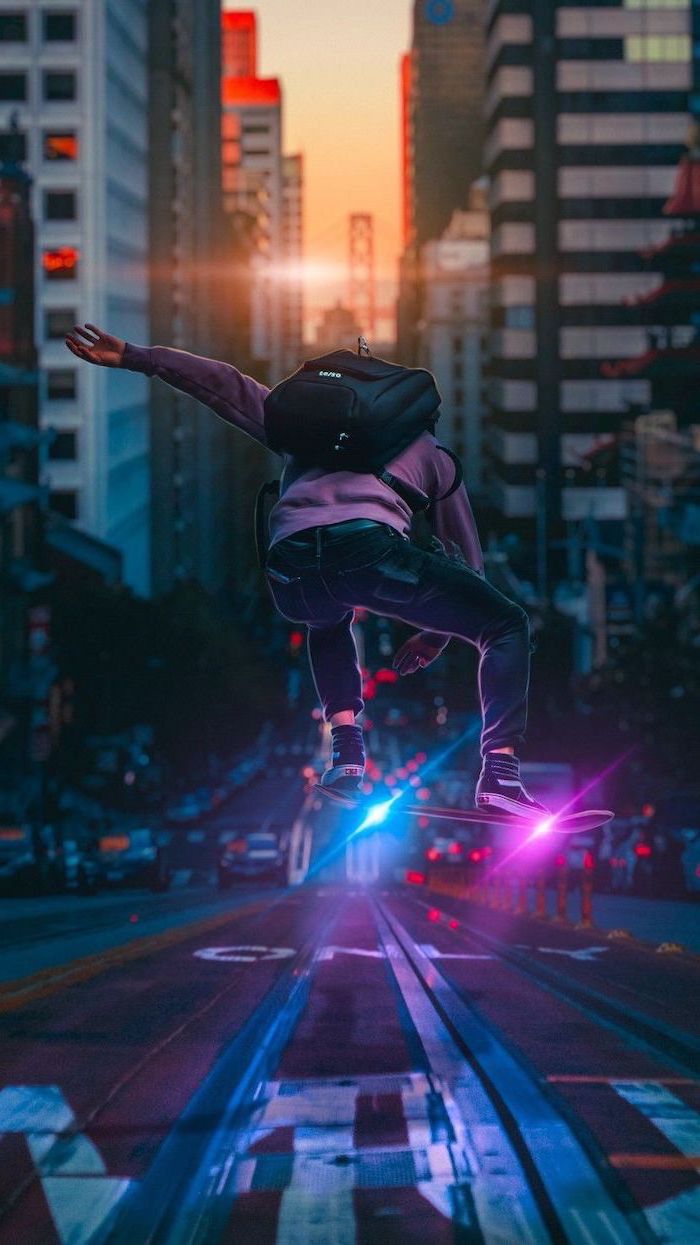
According to environmental psychologists, incorporating patterns from nature, known as biophilic design, can measurably reduce stress and improve focus. A botanical or landscape wallpaper isn’t just decoration; it’s a connection to the outdoors.
This explains the rising popularity of large-scale floral prints from brands like House of Hackney or leafy jungle murals. They do more than just beautify a space; they can subtly enhance your sense of well-being, making them a powerful choice for a bedroom or home office.

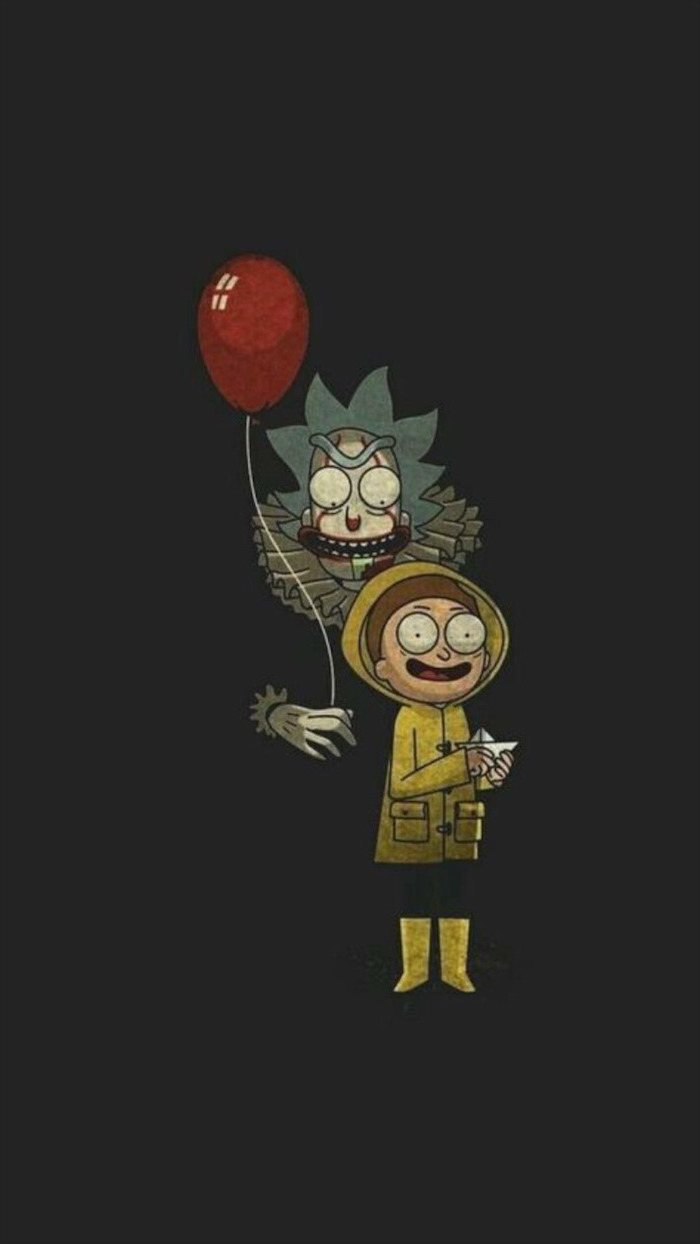
Don’t just think in two dimensions. Textured wallpapers—like grasscloth, cork, or embossed ‘Anaglypta’ paper—add incredible physical depth and warmth. They engage the sense of touch and play with light in a way flat papers can’t, creating shifting shadows and highlights that add a layer of subtle, sophisticated character to a room.


Safety First: Before papering over any light switch or electrical outlet, always turn off the power to that room at the circuit breaker. Hang the wallpaper strip directly over the opening, let it set briefly, then use a sharp utility knife to make a small X-cut from corner to corner over the electrical box. You can then carefully trim away the flap for a snug fit. The cover plate will hide any minor imperfections in your cut.
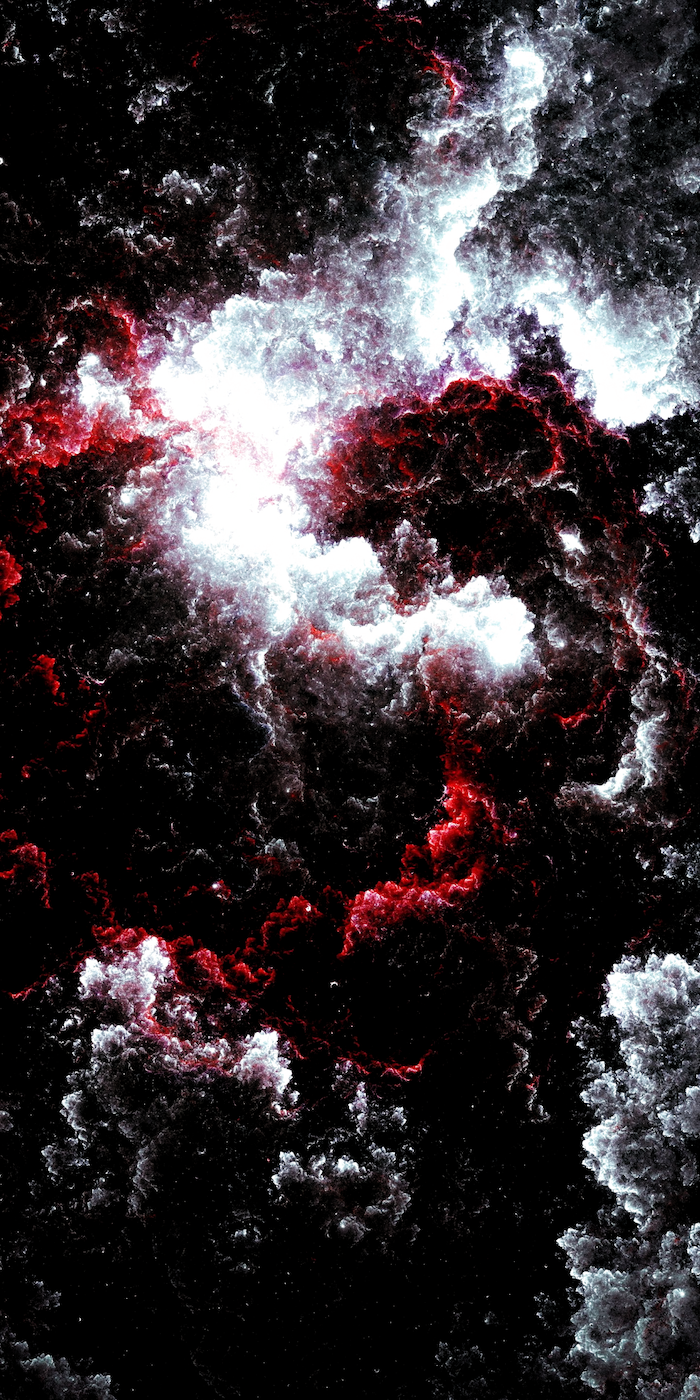
How to Clean Your Wallpaper
- Vinyl & Scrubbable: The most robust. Use a soft sponge with a drop of mild dish soap in water.
- Non-Woven & Washable: Gently wipe with a cloth dampened with only water. Avoid detergents and scrubbing.
- Textured & Natural (Grasscloth, Silk): Never use water. Dust regularly with the soft brush attachment of your vacuum cleaner.


Modern peel-and-stick wallpapers use advanced, low-tack acrylic adhesives designed for clean removal.
This is a world away from the stubbornly sticky contact paper of the past. High-quality removable papers from brands like Tempaper or Chasing Paper can be repositioned during installation and peeled off years later without damaging the underlying paint, making them a brilliant solution for renters or design enthusiasts who love to frequently change their style.

Straight Match: The pattern aligns horizontally across the seams. This is the simplest type to hang and generally results in less waste.
Drop Match: You have to drop the next strip down to align the pattern, meaning every other strip is identical. It creates a more dynamic, less grid-like effect but requires careful planning and more paper to account for the waste.
Always check the roll’s label for the pattern match and repeat size before calculating how much to buy!

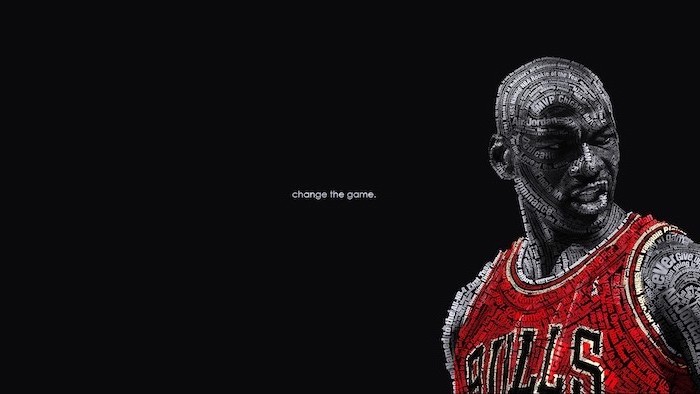
Don’t forget the ‘fifth wall’! Wallpapering a ceiling is a bold designer move that can transform a room. In a small space, a light, subtle pattern can draw the eye upward and make the room feel taller. In a large room or bedroom, a dark, dramatic paper like a starry night sky from Cole & Son can create an incredibly cozy, intimate, and luxurious atmosphere.
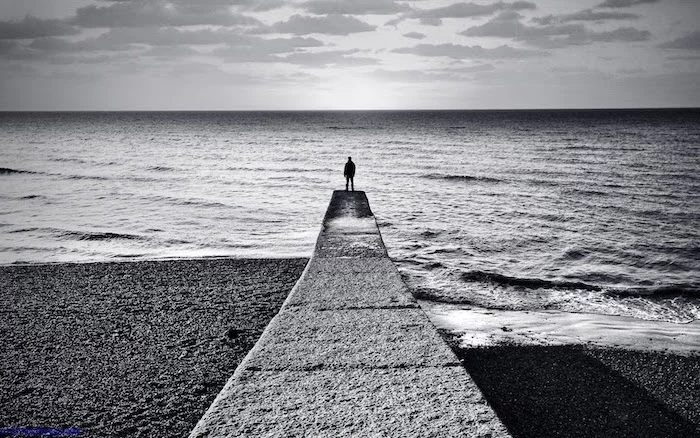
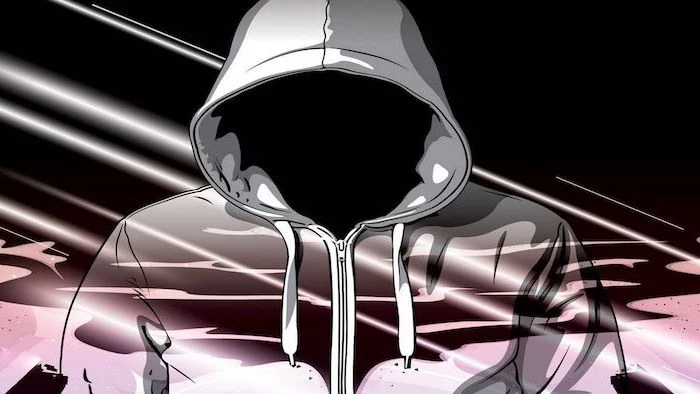
I love texture but can’t commit to a color or pattern. Is there a solution?
Yes, and it’s called paintable wallpaper. Brands like Anaglypta and Lincrusta offer heavily embossed papers with rich, architectural textures—from classic tin-tile looks to modern geometric designs. You hang it just like regular wallpaper and then paint it any color you choose. It’s the best of both worlds: the dimension of wallpaper with the color flexibility of paint. You can even repaint it years later for a fresh look!

- Calculate the wall’s square footage (width x height).
- Check the usable square footage on the wallpaper roll’s label (it often accounts for some waste).
- Factor in the pattern repeat! A large repeat (over 20 inches) means more waste. Add at least 15% extra to your total square footage to be safe.
- Rule of thumb: Always buy one extra roll. It’s cheap insurance for mistakes or future repairs, and dye lots may differ if you buy it later.


The very first strip you hang determines the success of the entire room. Never, ever trust a wall corner to be perfectly straight. Instead, measure out from the corner almost one full width of your paper (e.g., 20 inches for a 20.5-inch roll) and use a 4-foot level to draw a perfectly vertical plumb line. Aligning your first piece to this guaranteed-straight line ensures every subsequent strip will be perfectly vertical, even if the room itself isn’t.


Luxury wallpaper brand de Gournay employs artists to hand-paint its scenic wallpapers, a process that can take up to 600 hours for a single room.
While most of us won’t be commissioning a hand-painted masterpiece, this heritage of artistry informs the quality of high-end papers. Brands like Farrow & Ball or Morris & Co. use traditional block-printing methods and rich, clay-based pigments, giving their papers a unique tactile depth and a chalky finish that mass-market digital prints can’t replicate.

- It penetrates old, stubborn paper far more effectively than water alone.
- It perforates the surface, allowing steam or stripping solution to work from behind.
- It saves your drywall from getting gouged by an overzealous scraper.
The tool is a wallpaper scoring tool, often called a Paper Tiger. Its small, rotating wheels create thousands of tiny holes, making the removal process twice as fast.

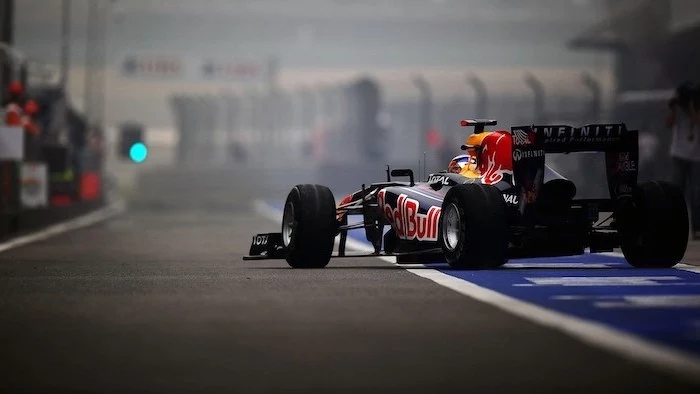
For an eco-conscious choice, look beyond the pattern. Seek out wallpapers that are FSC (Forest Stewardship Council) certified, which guarantees the paper pulp comes from responsibly managed forests. Many modern brands like Graham & Brown or Mindthegap also now use water-based, non-toxic inks, which are free of the volatile organic compounds (VOCs) found in traditional solvent-based inks.


Searches for ‘wallpaper mural’ have increased by over 300% in the last five years.
This signals a major trend shift in interior design. Homeowners are moving away from small, repeating patterns and embracing large-scale, single-image wall coverings. These murals, often depicting landscapes, abstract art, or oversized botanicals, act as a massive piece of art, creating a powerful and immersive focal point in any room.

When choosing your adhesive, don’t just grab the first tub you see. The type of paper dictates the type of paste.
- Standard/All-Purpose: Usually a wheat or cellulose-based paste, perfect for most common paper types. Roman PRO-880 is a professional favorite.
- Heavy-Duty/Clay-Based: Provides extra grip for heavier materials like vinyl or textured papers.
- Paste-the-Wall: Specifically formulated for non-woven papers, it has a thicker consistency to prevent it from drying too quickly on the wall.
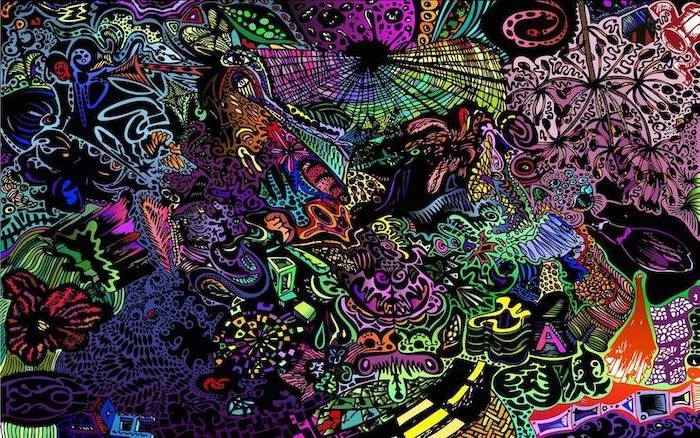

A sharp blade is your best friend. A dull utility knife won’t cut the paper cleanly; it will snag and tear it, especially when it’s damp with paste. For a truly professional finish, use a snap-off blade knife and break off a segment for a fresh, razor-sharp edge after every two or three long cuts. It seems excessive, but the crisp, clean lines you’ll get along the ceiling and baseboards are worth it.
DIY Install: Best for straight-forward rooms, peel-and-stick papers, or paste-the-wall non-woven types. It’s the ultimate budget-friendly option, but requires significant patience, precision, and prep work.
Pro Install: Highly recommended for expensive papers (silk, grasscloth), complex patterns (large drop-matches), and tricky architecture like stairwells or curved walls. A professional’s expertise prevents costly mistakes and ensures perfect, seamless results.










